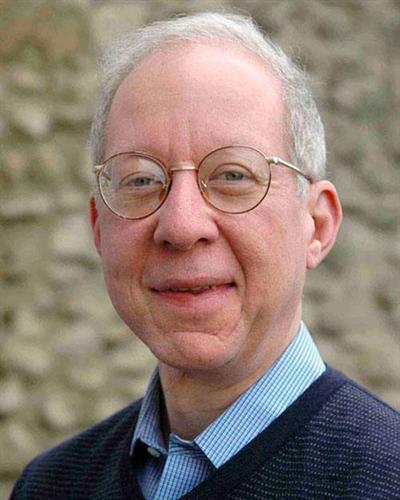Research/Areas of Interest
Tomography is an inverse problem, and the goal of tomography is to map the interior structure of objects using indirect data such as from X-rays. Integral geometry is the mathematics of averaging over curves and surfaces, and it is the pure math behind many problems in tomography. Integral geometry combines geometric intuition, harmonic analysis, and microlocal analysis (the analysis of singularities and what Fourier integral operators do to them). I have proven support theorems and properties of transforms integrating over hyperplanes, circles and spheres in Euclidean space and manifolds.
Because of the mentorship of Tufts physics professor and tomography pioneer, Allan Cormack (Tufts' only Nobel Laureate) I developed X-ray tomography algorithms for the nondestructive evaluation of large objects such as rocket bodies, and this motivated my research in limited data tomography
In limited data tomography problems, some tomographic data are missing. I developed a paradigm to describe which features of the object will be visible from limited tomographic data and which will be invisible (or difficult to reconstruct). I proved the paradigm using microlocal analysis. Often artifacts are added to tomographic reconstructions from limited data, and colleagues and I recently used microlocal analysis to prove the cause of these added artifacts and to predict where they will occur.
Collaborators and I have developed local algorithms for electron microscopy, emission tomography, Radar, Sonar, and ultrasound. In each case we use microlocal analysis to determine the strengths and weaknesses of the problem and to refine and improve the algorithms.
Education
- PhD, Mathematics, Massachusetts Institute of Technology, Cambridge, MA, United States, 1978
- AB, Mathematics, Indiana University, Bloomington, IN, United States, 1973
